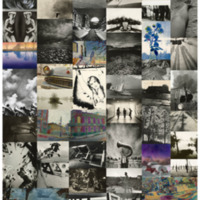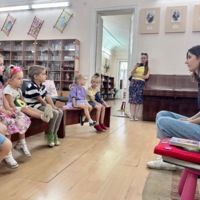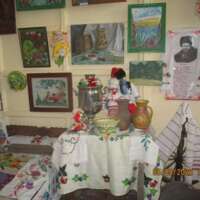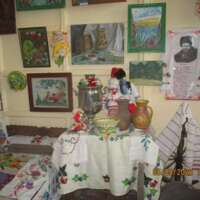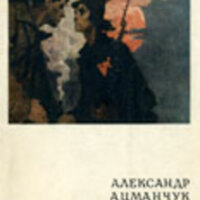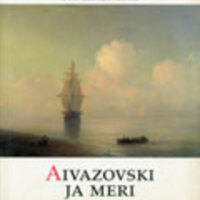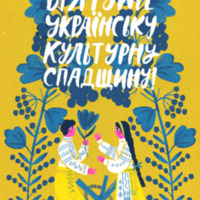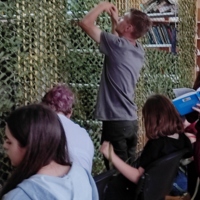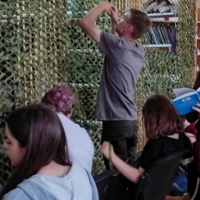Browse Items (713 total)
-
Collage of selection from the Museum of Kharkiv School of Photography collection
Collage created with images from the Museum of Kharkiv School of Photography collection. -
Dnipropetrovsk Regional Library
"We can't fit all our work into one photo or video. But we are happy to be useful in such a difficult time."
- Anastasia Chebanova "Dnipropetrovsk Regional Library for Children" -
Drobyshev Village Library Of The Public Library Of The Lyman Ah Of The Kramatorsk Rayon Of The Donetsk Oblast
"The first photos show the library as it was before the war. And on the last - what is left of it. But people really want to read even like that, because this is almost the only consolation for them now. This is eloquently evidenced by the last photo ."
- Head of the Drobyshev Village Library of the Public Library of the Lyman AH of the Kramatorsk Rayon of the Donetsk Oblast - Babakova Lyubov Ivanivna. -
Drobyshevska Village Library
"The first photos show the library as it was before the war. And on the last - what is left of it. But people really want to read even like that, because this is almost the only consolation for them now. This is eloquently evidenced by the last photo ."
- Head of the Drobyshev Village Library of the Public Library of the Lyman AH of the Kramatorsk Rayon of the Donetsk Oblast - Babakova Lyubov Ivanivna. -
Exhibition of works by the artist Aleksandr At͡smanchuk
Catalog cover for exhibition of works by Aleksandr At͡smanchuk, showing two young men facing each other against the nighttime sky and orange moon. -
Exhibition of works by Y. K. Aǐvazovskyǐ
Catalog cover for exhibition of works by Y. K. Aǐvazovskyǐ, showing a ship and rowboat near shore. -
Filippova SUCHO Poster
Second artist commission in the series of artwork to commemorate the efforts of saving and protecting Ukrainian culture. This one is by Daria Filippova (of Odesa) and was inspired by Maria Primachenko. Commissioned by Brendan Ciecko. -
Greigiv Village Library
"These photos show the work of the library as a volunteer center, as well as a photo where a delegation from a team of young volunteers took part in the regional action "I am Mariupol", classes for the elderly "Vitamins in your garden", a patriotic flash mob for the Day of the Flag of Ukraine and other photos about volunteering and leisure of children in the library."
- Lyubov Berdnyk, Greigiv Village Library of Voskresensk TC, Mykolaiv Oblast
-
Greigiv Village Library
"These photos show the work of the library as a volunteer center, as well as a photo where a delegation from a team of young volunteers took part in the regional action "I am Mariupol", classes for the elderly "Vitamins in your garden", a patriotic flash mob for the Day of the Flag of Ukraine and other photos about volunteering and leisure of children in the library."
- Lyubov Berdnyk, Greigiv Village Library of Voskresensk TC, Mykolaiv Oblast -
Hranitne Village Library
Hranitne Village Library did not provide photographs.
Select values for one or more Elements to narrow down your search.
